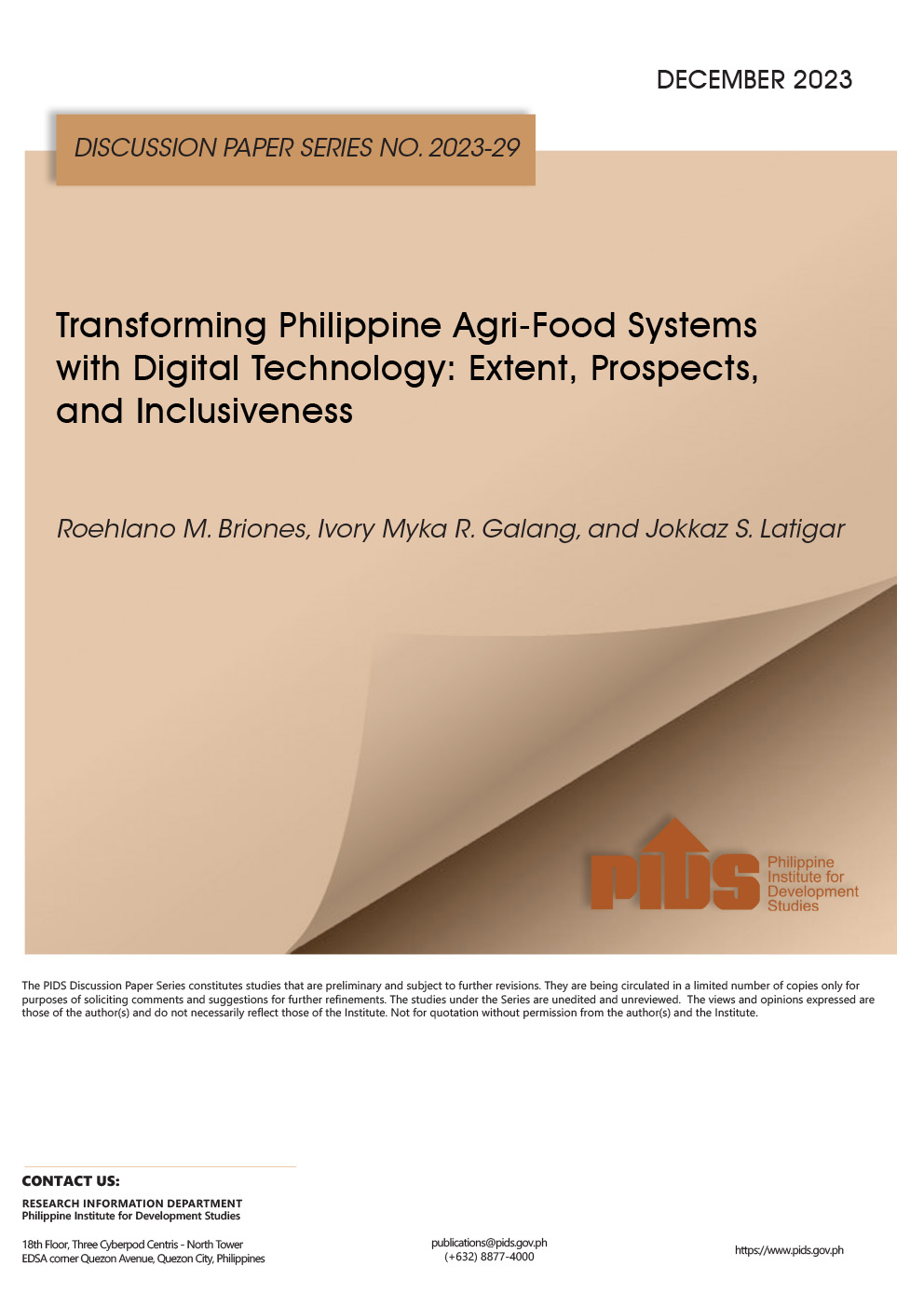Slapping an import tariff of 35 percent on rice imports alongside reforms in the agency mandated to stabilize both the supply and prices of the Filipino staple food will help temper rising inflation in the near term, the country’s chief economist said.
Socioeconomic Planning Secretary Ernesto M. Pernia told the Inquirer last week that among the measures that could mitigate rising prices of basic goods included “passing the law that can tarrify rice in lieu of qualitative restriction (QR)” as well as “reforming the National Food Authority to allow timely importation to forestall impending shortages.”
Pernia earlier said the recent upward trend in inflation needed to be closely monitored such that the government needed to implement timely mitigating measures to ensure that prices remained stable after headline inflation rose 3.4 percent year-on-year in March, the fastest rate of increase in prices of basic goods in 28 months.
Inflation averaged 3.1 percent in the first quarter, past the midpoint of the government’s 2 to 4 percent target range for 2017. In contrast, the average inflation rates during the past two years were both below 2 percent.
Pernia said the state-planning agency National Economic and Development Authority, which he headed, was amenable to the proposal of state-run think tank Philippine Institute for Development Studies (PIDS) to slap a 35-percent tariff on rice when the import quota system expires by the middle of this year.
In a policy note published last month titled “Quantitative restriction on rice imports: Issues and alternatives” authored by Roehlano M. Briones, Ivory Myka Galang and Lovely Ann Tolin, the PIDS said there were two policy options that the government could pursue following the expiration of the so-called QR.
First is to extend the QR for two more years. The second and the preferred option is to pursue tariffication, with revenues earmarked as safety net for rice farmers,” Pids said.
Specifically, a 35-percent tariff rate seems appropriate as a tariff equivalent, according to the PIDS.
Alongside slapping import duty on the Filipino staple food, PIDS proposed to financially support farmers. “A safety net for rice farmers can be as much as P20 billion annually and can be financed entirely by earmarking funds from the tariff revenue.”
According to the PIDS, “tariffication with safety nets will bring down the price of rice and ease the dislocation of rice farmers.”
Pids said that ultimately, removal of the QR would also increase imports and depress palay prices.
Based on PIDS’ projections under a scenario that the QR would be ultimately repealed while imposing a 35-percent tariff on rice, imports were expected to double and reach 4.4 million tons a year on the average from 2017 to 2022.
Socioeconomic Planning Secretary Ernesto M. Pernia told the Inquirer last week that among the measures that could mitigate rising prices of basic goods included “passing the law that can tarrify rice in lieu of qualitative restriction (QR)” as well as “reforming the National Food Authority to allow timely importation to forestall impending shortages.”
Pernia earlier said the recent upward trend in inflation needed to be closely monitored such that the government needed to implement timely mitigating measures to ensure that prices remained stable after headline inflation rose 3.4 percent year-on-year in March, the fastest rate of increase in prices of basic goods in 28 months.
Inflation averaged 3.1 percent in the first quarter, past the midpoint of the government’s 2 to 4 percent target range for 2017. In contrast, the average inflation rates during the past two years were both below 2 percent.
Pernia said the state-planning agency National Economic and Development Authority, which he headed, was amenable to the proposal of state-run think tank Philippine Institute for Development Studies (PIDS) to slap a 35-percent tariff on rice when the import quota system expires by the middle of this year.
In a policy note published last month titled “Quantitative restriction on rice imports: Issues and alternatives” authored by Roehlano M. Briones, Ivory Myka Galang and Lovely Ann Tolin, the PIDS said there were two policy options that the government could pursue following the expiration of the so-called QR.
First is to extend the QR for two more years. The second and the preferred option is to pursue tariffication, with revenues earmarked as safety net for rice farmers,” Pids said.
Specifically, a 35-percent tariff rate seems appropriate as a tariff equivalent, according to the PIDS.
Alongside slapping import duty on the Filipino staple food, PIDS proposed to financially support farmers. “A safety net for rice farmers can be as much as P20 billion annually and can be financed entirely by earmarking funds from the tariff revenue.”
According to the PIDS, “tariffication with safety nets will bring down the price of rice and ease the dislocation of rice farmers.”
Pids said that ultimately, removal of the QR would also increase imports and depress palay prices.
Based on PIDS’ projections under a scenario that the QR would be ultimately repealed while imposing a 35-percent tariff on rice, imports were expected to double and reach 4.4 million tons a year on the average from 2017 to 2022.












